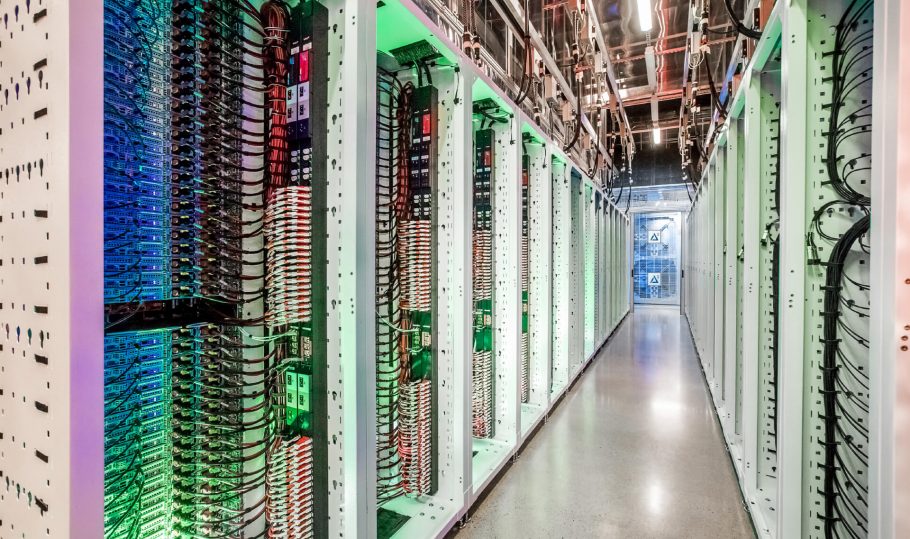When it comes to data centers, power density, typically measured in kilowatts (kW) per rack, has become a critical, if not a contentious metric in design, capacity planning and the provisioning of cooling and power. However, in view of the proliferation of compute-intensive workloads that are driving the need for high-density racks, there’s no reason but to expect that increasing density is a long-term trend for the foreseeable future.
The mean average density in the Uptime Institute’s 2020 survey was 8.4kW per rack, though many Artificial Intelligence (AI) applications, for example, can draw 30kW per rack or more. At hyperscale data centers and inside high-performance computing (HPC) environments, it’s not uncommon for some deployments to reach 50kW and beyond. Data center density also may be measured by the number of watts consumed per square foot of white space, or watts per square meter outside the US. By this standard, over 300W per square foot is now considered high density.
Many new and mission-critical business applications are pushing the limits of traditional data center design. Consider that advances in chipset technologies for both CPUs and GPUs as well as HPC are driving data centers to increase computing density. Many HPC applications, such as online gaming and Big Data analytics, require higher densities at the cabinet level. More data-intensive workloads require more compute power. This increases the amount of electricity consumed by servers and the heat the servers produce, which makes powering and cooling data centers more costly and increases their carbon footprint.

Legacy data center designs and traditional data center cooling methods will not scale under the processing demands of AI or machine learning applications, nor as Internet of Things (IoT) applications and 5G wireless become mainstream. Moreover, as data centers continue to be impacted by their customers’ accelerated digital transformation initiatives, dynamic infrastructure is needed to respond to high, mixed and variable power densities to enable environments to evolve without stranding capacity. Fortunately, there is a sustainable approach to cooling that reduces energy consumption and costs, while minimizing carbon footprint.
ADVANCED COOLING IS THE GATEWAY TO INCREASING DENSITY COST-EFFICIENTLY
Legacy data centers are configured at a static density whereby space and power and cooling systems are designed to support a specific density per square foot. Typically, they offer a standard solution that accommodates approximately 10kW per rack, resulting in stranded capacity and a need to buy more data hall space if you wanted more power capacity. So, to allow for higher density over the refresh cycles of equipment and future growth, most data center operators have few good options to reconfigure the layout, including power and cooling systems setup and/or over-provision. Since this results in a data center that is underutilized, this leads to significant capital cost-inefficiencies, often for months or even years.
ABOUT THE AUTHOR
Eric Jacobs has over 20 years of sales leadership experience in the data center, cloud and telecommunications sectors. As the Chief Revenue Officer for Aligned, he is responsible for all facets of sales and solution architecture, including the development of sales and channel go-to-market strategies, execution of contract negotiations, implementation of robust sales support processes to ensure pipeline growth, revenue acquisition/projections, and customer success. Before joining Aligned, Jacobs worked at QTS, CMI, Pac-West, Zayo and Nextel.

